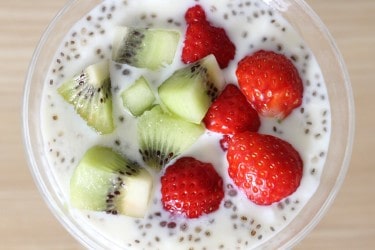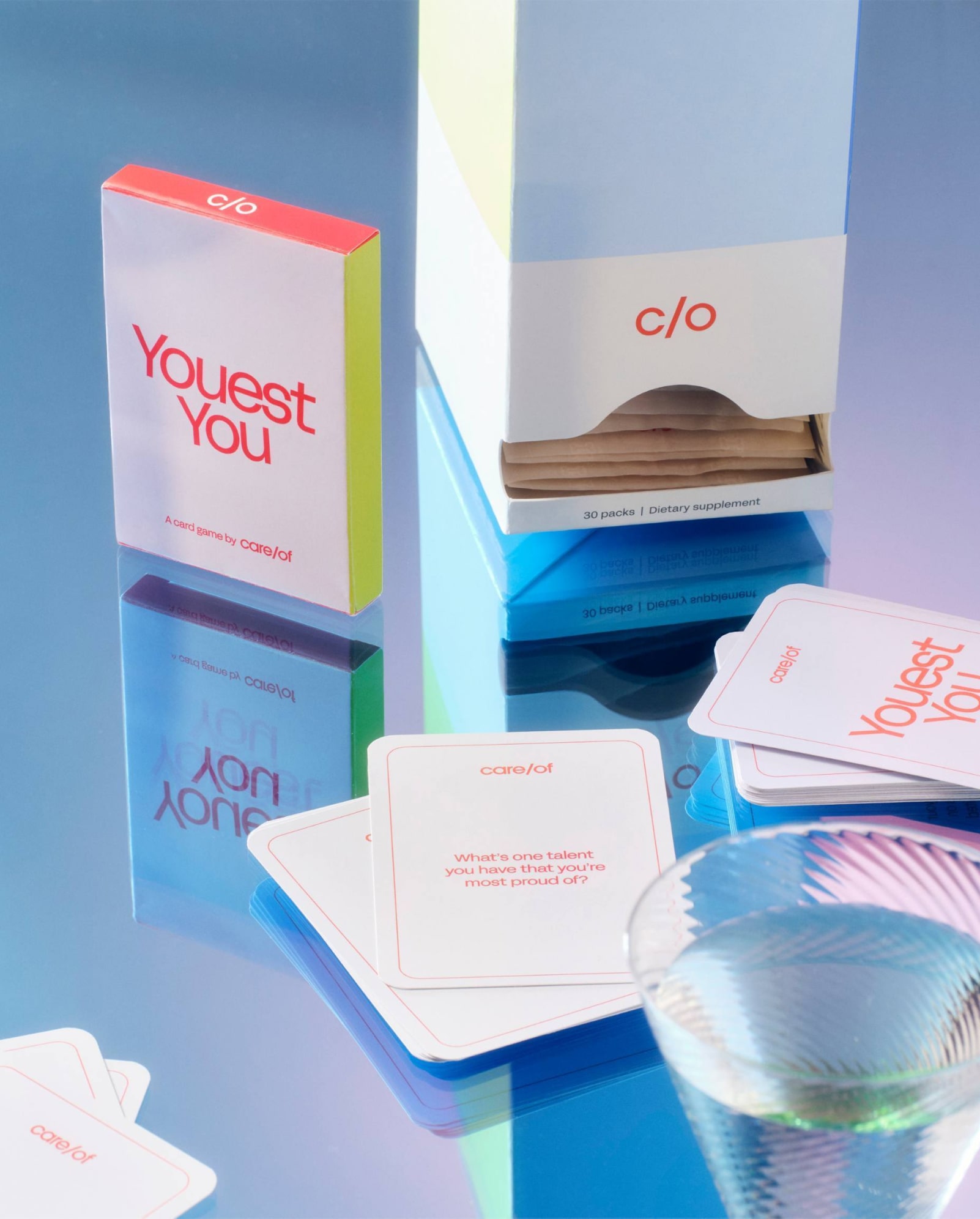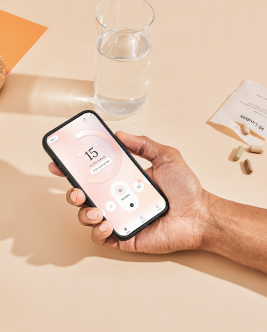nutrition
Chia Seeds Shelf Life: The Good, the (gone) Bad, and How to Tell the Difference
On This Page

Chia seeds have been touted for their health benefits for centuries. But how long do they last on your shelf? Read on to learn everything you need to know.
What are chia seeds?
Chia seeds are tiny, edible, oval-shaped seeds of a flowering mint plant native to Mexico and Guatemala. They were staples in the Aztec and Mayan cultures, where they were touted for their health benefits. The versatile, nutrient-dense seeds are rich in antioxidants, minerals, fiber, and omega-3 fatty acids. In contemporary culture, these little nutritional powerhouses are used to make pudding, thicken foods, as an ingredient in smoothies, an addition to beverages, or in baking.
Health benefits of chia seeds
Chia seeds contain many essential nutrients that support heart health in a variety of ways. They also contain dietary fiber, which can increase satiety and support weight management. According to this study, 7-14 grams of chia in plain yogurt as a mid-morning snack reduced all satiety measurements (desire to eat, hunger, fullness, prospective consumption, overall appetite). They also aid digestive health by supporting the production of formed bowel movements, thereby reducing digestive transit time, and can serve as food for the body’s microbiome, which promotes the growth of good bacteria. They are a good source of amino acids and linolenic acid, which can then be turned into EPA and DHA.
Do chia seeds go bad?
The general consensus is that chia seeds have a shelf life of 4-5 years if stored in proper conditions. It is important to note that foods that contain chia seeds do not have the same shelf life as the uncooked seeds.
Health risks of consuming bad chia seeds
If you find bad chia seeds, it will become clear almost instantly, at which point the likelihood of you consuming any is very low. You should immediately throw them out. You will not want to consume them.
How to tell if chia seeds are bad
Bad chia seeds could be oxidized, contain pantry bugs, have a slimy consistency, contain mold, or clumps from excess moisture. They could also have a rancid or bitter taste, and may smell like nail polish remover, instead of their usual slightly nutty, pleasant aroma.
Can you eat expired chia seeds?
While they may not be nearly as nutrient dense, you can eat chia seeds that have passed their expiration date as long as they don’t have a foul odor, or show any signs of spoilage, rancidity, clumping, mold, or pantry bugs. But if you know that’s what’s coming down the pike, wouldn’t you rather just throw them out and get some fresh ones?
Shelf life of chia seeds
There is an expiration date on most packages of chia seeds and the shelf life is generally believed to be between 4 and 5 years depending on proper storage and lack of exposure to moisture and air. It should be noted that products which contain chia seeds, like Care/of’s Chia-Flax powder, will have an expiration date specific to that product (4 months in this case).
Shelf life of chia powder
Chia powder, which is really just finely ground chia seeds, always has an expiration date printed on the package. It is typically 6 months.
Shelf life of chia pudding
Chia pudding is a very popular snack or overnight breakfast food that is made of chia seeds, milk (or a non-dairy option like almond or oat milk), a sweetener (maple syrup, honey), and additional flavor (cocoa). LIke any tasty treat, it’s kept in the fridge in a sealed container until you’re ready to enjoy it. The shelf life of chia pudding is usually 3-5 days, depending on how it’s stored and whether or not clean utensils are used to scoop it out – if it’s stored in batch form versus individual portions. It can also be stored for a longer period of time in the freezer, but you are risking freezer burns and potential absorption of odors from the fridge or freezer.
How to properly store chia seeds
Chia seeds should be stored in a cool, dry place away from sunlight and heat. Once they are opened, the package should always remain sealed tight. If the original package isn’t resealable, transfer them to an airtight container to prevent the absorption of moisture. While unnecessary, some opt to store their chia seeds in the refrigerator. If you do, make sure the container is airtight to avoid moisture and prevent the seeds from picking up the smell from other foods.
Can you freeze chia seeds?
Chia seeds can be frozen and retain their nutritional value for up to 2 years. If you freeze them, use an airtight freezer bag that is either black or other dark color to retain the seeds’ original color. If you don’t care about the original color, any freezer bag works. Put the bag into an airtight container to prevent the seeds from picking up any odors from the refrigerator or other food. When it’s time to use them, if you are putting them in a smoothie, there is no need to thaw them first.



